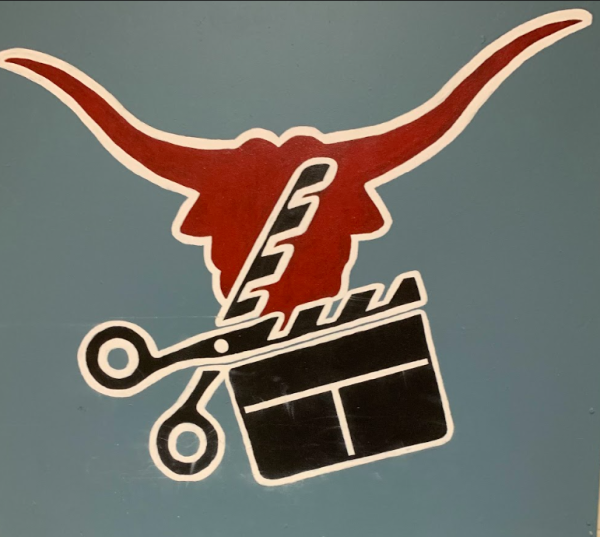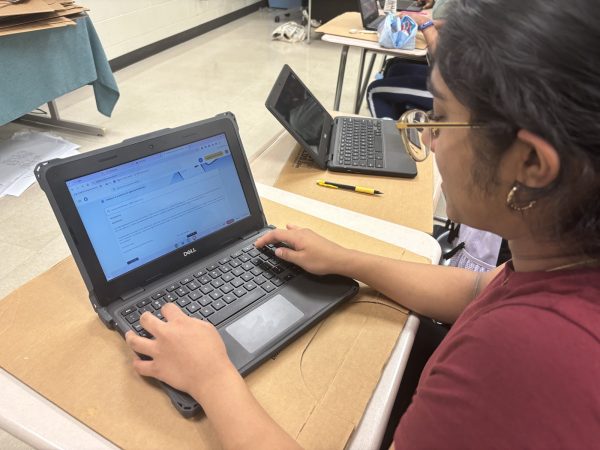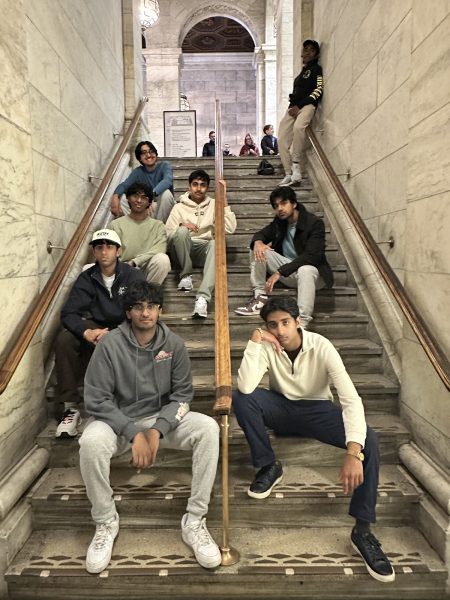Indian Flatbread Tierlist
Flatbreads are an absolute necessity in any Indian Food (unless if you’re one of those families that exclusively eats Idli, which is your personal problem). Over my 17 years of human existence, I think I have eaten enough flatbreads to comprehensively rank each. These are all my personal opinion, so don’t get your panties in a twist if you think differently; I couldn’t care less (but this is the right opinion). I’ll start from worst to best, so without further adieu, let us begin.
Roti/Chapati
Alright, I should make it clear that none of these flatbreads are inherently bad, rather, they are mediums to transport delicious curry straight to your mouth. A base for whatever you’re eating, so to speak.
That being said, the roti does literally nothing to add to that experience. Generally speaking, it tastes like nothing except for the ghee you spread on it. It’s like it has an identity crisis; it has so many names too! Chapati, safati, shabaati, phulka and roshi… seriously just pick one! I would describe roti as the “meets expectations” option on assignments: not necessarily bad, but it doesn’t try to impress.
Dosa
If there are any Indians reading this, you may ask “Why is dosa even on this list?”. To be fair, dosa is often eaten with fillings and sambar specifically as its own dish, basically the closest thing to an Indian crepe. Even so, it’s flat and basically bread, so it’s a flatbread. And that is honestly all a plain dosa is to me. A crispy delicacy in its own right, but compared to other flatbreads, it doesn’t hold up.
Paratha
Aside from roti, paratha is probably the most common flatbread people in India actually eat. Often times you can find aloo (potato) paratha being eaten as a breakfast staple. I’m not too fond of these stuffed alternatives, as they’re mostly eaten as standalone meals. One advantage the paratha has over the roti is that a paratha can get fairly crispy as they’re prepared with oil.
Puri
You knew it was coming, and here it is. Puri is one of the most iconic Indian flatbreads… at least for Indians. No one Anti makes puri the same way, so people usually argue over whose mom has the best puri. You can find these fried flatbreads piping hot and puffed up if freshly made or sitting in a massive pile of their brethren if at a gathering. While puri tastes great, there are a few things that bring its value down. It’s a hassle to eat puri after it comes straight from the oil, and the oil itself isn’t really the most health-conscious decision. When mass-produced for parties, puri can tend to get a bit soggy as well. Despite these hiccups, puri is a solid flatbread.
Bhature
Imagine a puri. Now imagine a puri but way stretchier, and somehow less oily. What you have just imagined is a bhature, an ingenious culinary invention that improves on nearly every negative aspect of the puri. Bhature is the absolute perfect flatbread to eat chole with, and the combination is so good that “chole bhature” can be found at pretty much any Indian restaurant. Chole bhature is a match made in Indian culinary heaven, akin to the legendary pav bhaji. This combination alone brings the bhature above the rest of the flatbreads – except for…
Naan
The king of all Indian flatbreads is without a doubt, the naan. Forged in the depths of a tandoor oven, the naan is a fluffy, crispy baked gemstone. There’s a reason restaurants bring baskets of naan out as opposed to any other flatbread. Some people assume that Indians exclusively eat naan every day, and unfortunately, this is not true. The most common type of naan is a Butter Naan, which is quite simply slathered with ghee. My personal favorite is the garlic naan, but other varieties like chili-cilantro naan are nice too. Overall, Naan is a masterpiece of a baked flatbread, especially considering the fact that Indian cuisine rarely consists of any baking at all.
Do you agree with my list? Or do you think I should burn in a tandoor oven? At the end of the day, they’re just flatbreads.
Your donation will help support The Lambert Post, Lambert High Schools student-run newspaper! Your contribution will allow us to purchase equipment and cover website hosting costs.







